Birdwatchers from around the world come to Ecuador in hopes of seeing as many as 132 species of hummingbirds! That’s almost half of all hummingbird species in the entire world. This diversity makes this smallest of Andean nation one of the best places in the world to check many hummingbird species off your life lists.
It also means that relaxed birdwatchers can find joy as so many of these species readily visit bird feeders or come to well-designed hummingbird gardens. If you want to see hummingbirds in Ecuador, there should be no barriers to success.
Understanding Where Ecuador’s Hummingbirds Live
The first step to planning a visit that includes hummingbirds is to understand where hummingbirds live in the wild. While Ecuadorian hummingbirds can be found from sea level to Ecuador’s tallest mountain, Chimborazo, the largest concentrations are often found in or near the cloud forests on both slopes of the Ecuadorian Andes.
In fact, most lodges will advertise as an East Slope Lodge (located on the Amazon Basin side of the Andes) or a West Slope Lodge (located on the Pacific Coast side of the Andes). This isn’t to say that there aren’t hummingbirds in the jungles of the Amazon or along the Pacific Coast. There are! But to maximize the number of species you see, it’s best to visit places close to these slopes.
The Ecuadorian East Slope
Like most visitors to Ecuador, you will most likely fly into Quito. From Quito, driving east on the road that goes past Papallacta, you will enter the East Slope. Almost immediately, you will find Guango Lodge. Located a few kilometers past the Papallacta Pass, Guango is home to an excellent hummingbird garden where Sword-billed hummingbirds and Gorgeted Sunangels visit feeders hidden among mossy branches of cloud forest trees.
Continue east to the town of Cosanga where there are other birding lodges. The most well-known is the Cabañas San Isidro. It is a great place to photograph the Collared Inca, the Long-tailed Sylph, and the Fawn-breasted Brilliant, among others. If you are a budget traveler, check out the small research center that rents out dormitory-style rooms, the Yanayacu Biological Research Station. Or head a little further east to the town of San Francisco de Borja. One of our favorite places in this area is the Rio Quijos Lodge, located on the Quijos River so that you can combine river rafting with lovely Booted-rackettail Hummingbirds. You can also see Violet-fronted Brilliants, Gorgeted Woodstars, and Blue-fronted Lancebills.
Further downslope, about five hours from Quito, is a little-visited lodge owned by a non-profit called Wildsumaco. Wire-crested Thorntails compete for attention at the many feeders as do Fork-tailed Woodnymphs, Sparkling Violetears, and Many-spotted Hummingbirds. Their neighbors closer to the highway have also started a bird watching business, the Fundación Amarun Pakcha, a Kichwa-led non-profit specializing in community tourism. They have recent sightings that include Gray-chinned Hermits, Black-throated Mangos, and Glittering-throated Emeralds.
The East Slope Further South
But don’t limit yourself to the northern East Slope. There are other ways to the Amazon through Baños in central Ecuador and via Loja much further south. The Baños area is not known for birding lodges. However, it isn’t for a lack of birds. We’ve spent hours watching Booted Racket-tails, Green-fronted Lancebills, and Sparkling Violetears sip nectar from pink flowering bushes along the river’s edge in Rio Verde. In fact, we think Rio Verde may be a future birding hotspot. If you are looking to open a small tourism business and would like our insight, let us know!
The best lodge for hummingbirds on the southern East Slope is Copalinga. Home to the Spangled Coquette, the Copalinga gardens also attract many different hummingbirds of the Brilliant family. But don’t feel limited to a single destination. This region is ripe for further hummingbird exploration. Look for hotels with gardens full of brightly colored flowers and you are almost certain to see hummingbirds, even when there are no feeders on the grounds.
The Ecuadorian West Slope
Most birders new to Ecuador cut their teeth on the West Slope. They visit Mindo, a well-known and oft-visited birding area. And while we love Mindo and its wide selection of places to stay, we are partial to other birding areas on the West Slope. You might like to consider a small, family-run establishment near Mindo called the Birdwatcher’s House. Or Angel Paz’s excellent Cock-of-the-Rock lek and hummingbird garden.
Closest to Quito is the Tandayapa Valley with three well-known lodges: Bellavista, San Jorge de Tandayapa, and the Tandapaya Lodge. All are located at slightly different altitudes and provide plenty of opportunities to see different species. Some of the common ones found at all three are Booted Racket-tails, Violet-tailed Sylphs, and Purple-throated Woodstars.
On a recent trip, we visited a new clients of ours near the world-famous Mashpi Lodge. They own the Mashpi-Amagusa Reserve with its delightful hummingbird garden. Some visitors enjoy observing hummingbirds at close quarters by holding flowers soaked in sugar water. Hummingbirds here are so comfortable with humans that they often birds on cellphones and the brims of ballcaps. Expect to see Green Thorntails, Empress Brilliants, and the White-tipped Sicklebill.
And then a little further out, requiring more than a day trip, is the town of Milpe. When looking for lodging, you might try using San Miguel de los Bancos in the search engine. We have enjoyed San Jorge de Milpe, one of five lodges run by the Alvarez family and their Magic Birding Circuit but there are others worth visiting. Closer to the highway is the Mindo Cloudforest Foundation’s Milpe Bird Sanctuary where you might see Stripe-throated Hermits, Purple-crowned Fairies, and Western Emeralds.
The West Slope lodges in northern Ecuador have recently expanded to include a new offering from the Jocotoco Foundation, the Chocó Lodge Canandé.
The West Slope in Southern Ecuador
Few people other than avid birders venture to parts south. But they are missing out on lots of potential adventures! Read about our own trip: On the Road in Southern Ecuador. There is one location, in particular, that is great for hummingbirds, the Umbrellabird Lodge on the Buenaventura Reserve.
The interesting part about traveling in this part of Ecuador is that distances can be deceiving. It can take far longer to travel from one town to another even when Google Maps tells you it’s not that far! If you plan on combining the Umbrellabird Lodge with other destinations, consider hiring us to make you a personalized itinerary.
Hummingbirds Near Quito
Many visitors will want to see hummingbirds as close as possible to Quito. Here are a few suggestions.
Our favorite is the Yanacocha Reserve with the Tyrian Metaltail, the Sapphire-vented Puffleg, and the second-largest hummingbird in Ecuador, the Great Sapphirewing. If you’re lucky, you might also see the endangered and rare Black-breasted Puffleg.
The family that used to operate Yanacocha have started their own birdwatching business, Zuro Loma Birding. We visited this past year and were amazed at the opportunities to photograph hummingbirds, especially the Sword-billed Hummingbird. Though new, this reserve can attract crowds, especially on weekends and Ecuadorian holidays. You can easily arrange a day trip with Neotropical Nature Tours on TripAdvisor.
On the road from Quito to Mindo is another new birding project, the Maraksacha Reserve. This project was started by a family that decided their corn patch was better left to the bears while they sold birdwatching experiences instead. They have a couple of feeders that attract many hummingbirds including sparring Sparkling Violetears, a common hummingbird that can be suprisingly hard to photograph in Quito.
If you are also looking for a light meal or cup of coffee on your way to Mindo, you could do far worse than stop at Los Armadillos. This family-run cafe has a hummingbird garden right in the dining room. I’ve watched Violet-tailed Sylphs and Booted-rackettails skim tables where people are enjoying a delicious hot chocolate.
Just before Nanegalito, you’ll find the lovely Alambi Garden. It is well worth the $5 entry fee to sit on their back patio and enjoy dozens and dozens of hummingbirds as they flit from feeder to feeder.
From Quito you can also head towards Antisana National Park. Consider visiting the Tambo Condor, a little past the small village of Pintag. You can combine the visit with Andean Condor viewing!
And, of course, there are the parks and gardens in Quito proper. We highly recommend a visit to the Quito Botanical Garden in the early morning or mid-to-late afternoon.
Other Hummingbird Locations in Ecuador
While the two slopes are the best-known locations for seeing hummingbirds en masse, there are other places to visit. Our best recommendation is to look for lodging that includes colorful gardens with plants that attract hummingbirds. In fact, birders looking for lodging on the cheap would do well to search for non-birding lodges with access to birding hotspots along the E-45 in the Amazon and the coastal highway on the Pacific Coast.
If you know a great hummingbird destination that should be added to this article, please let us know in the comments below! In the meantime, you might like some of the hummingbird articles found in the “Birds” category.” Enjoy!

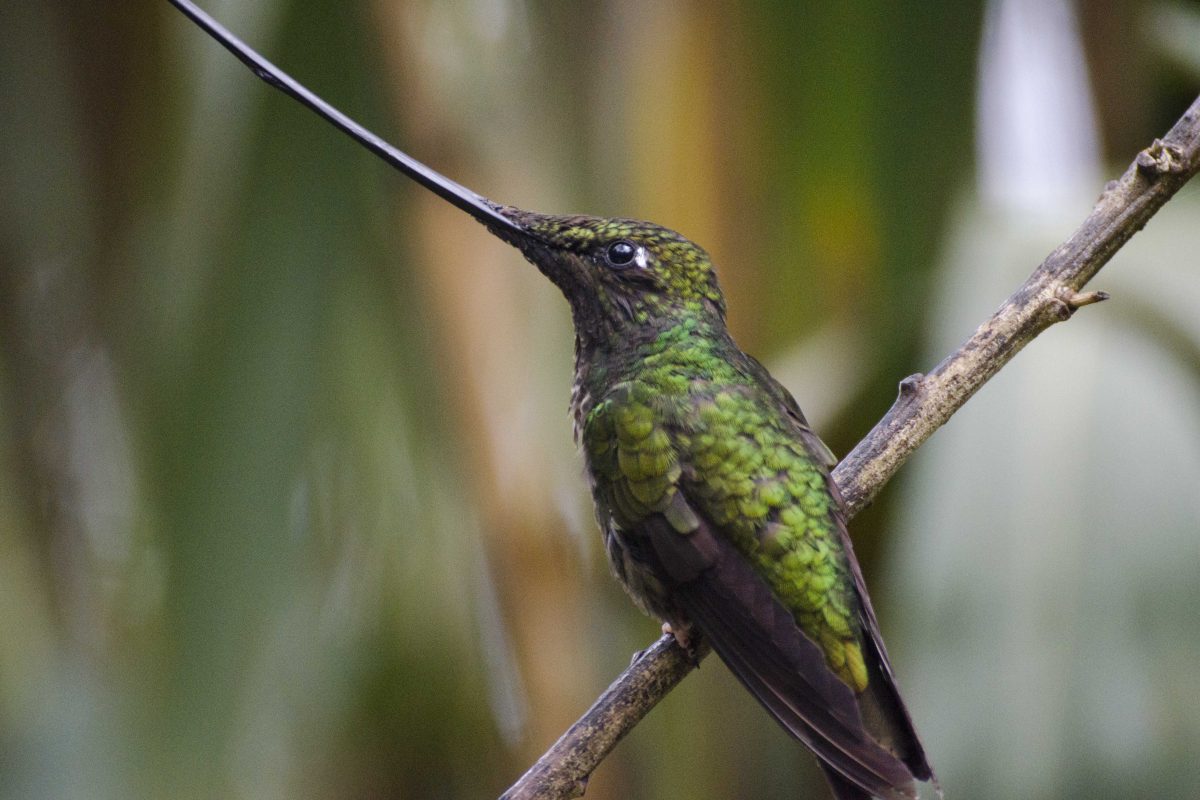
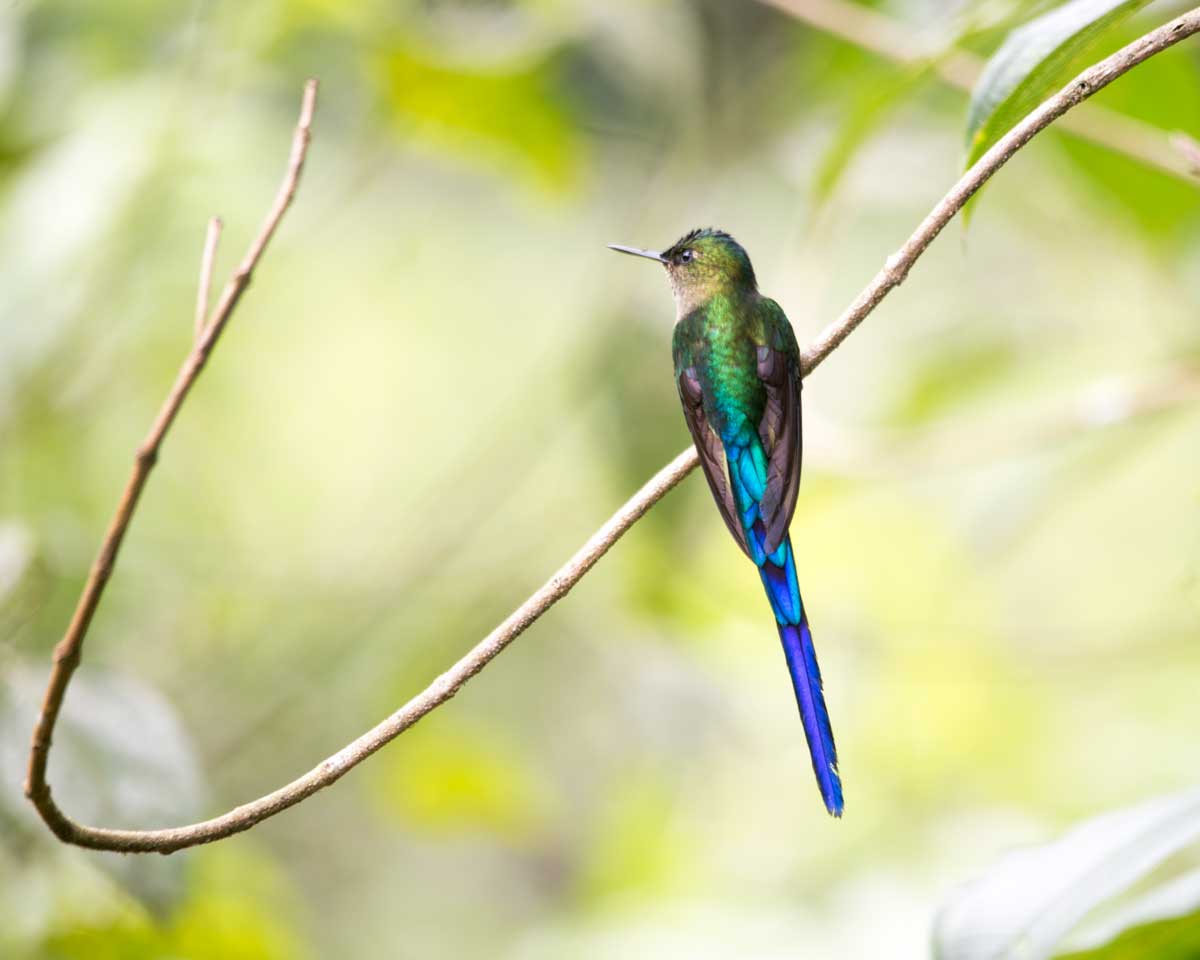
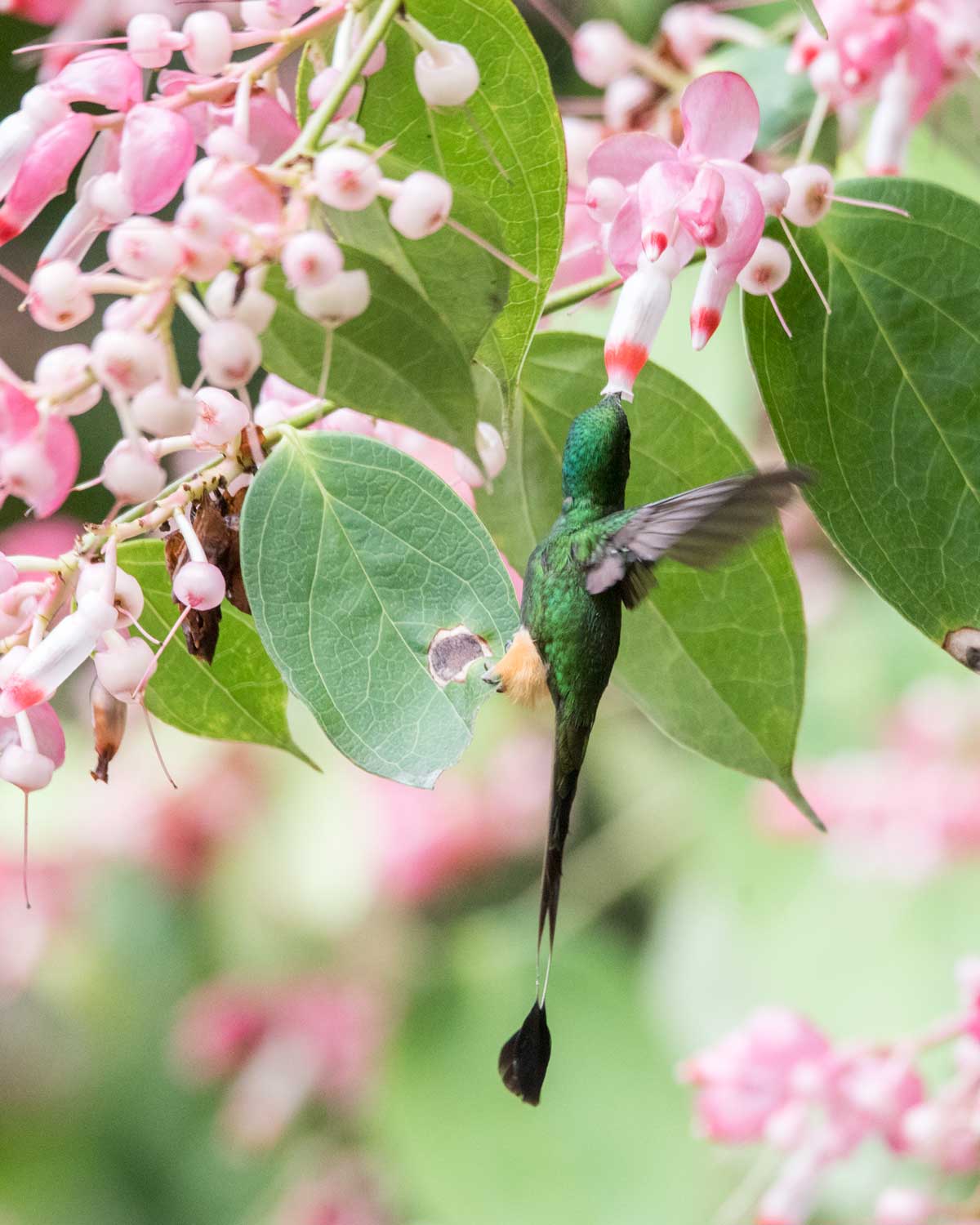
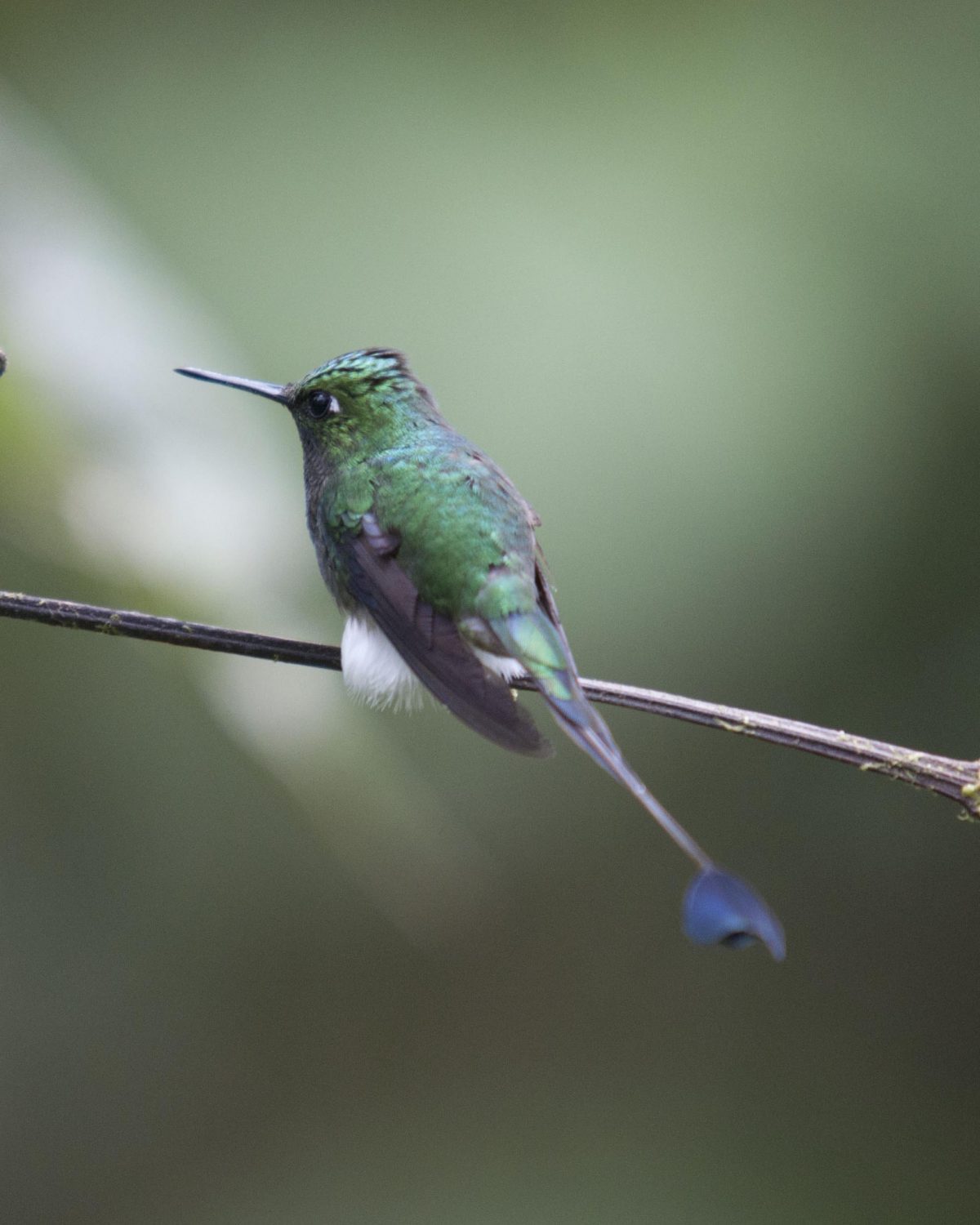
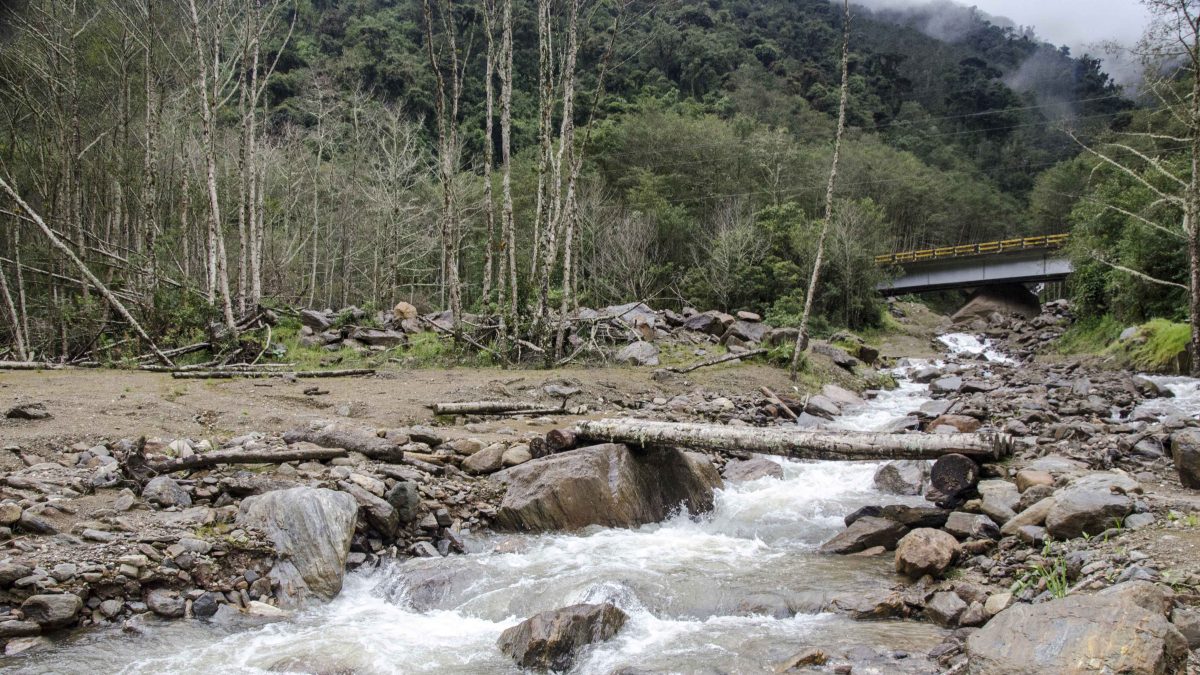
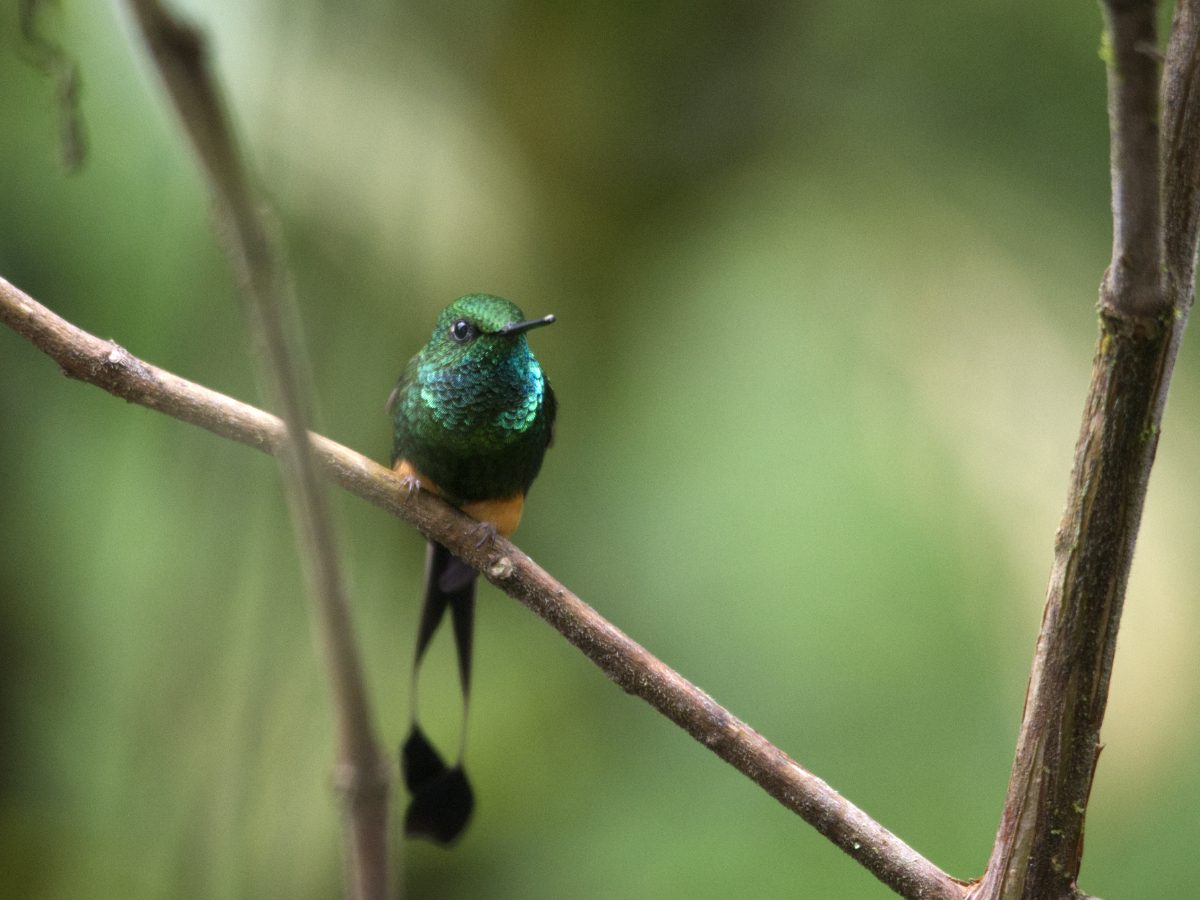
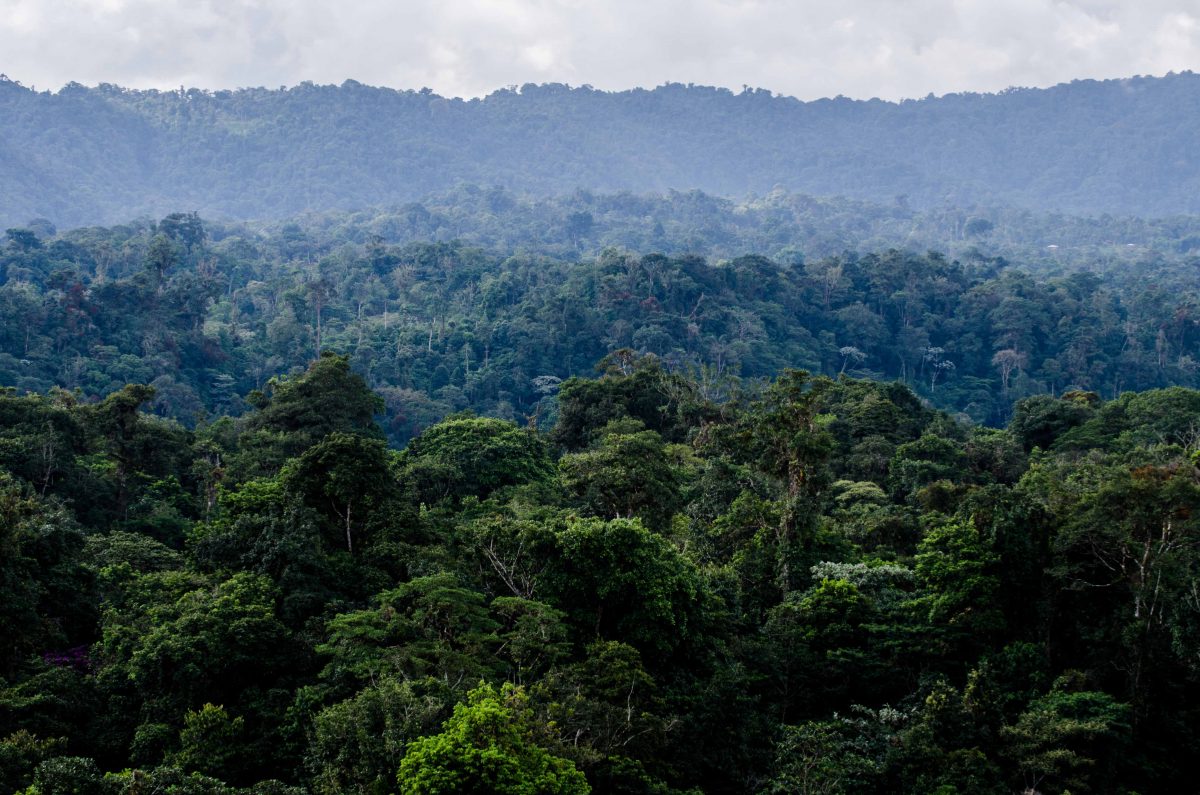

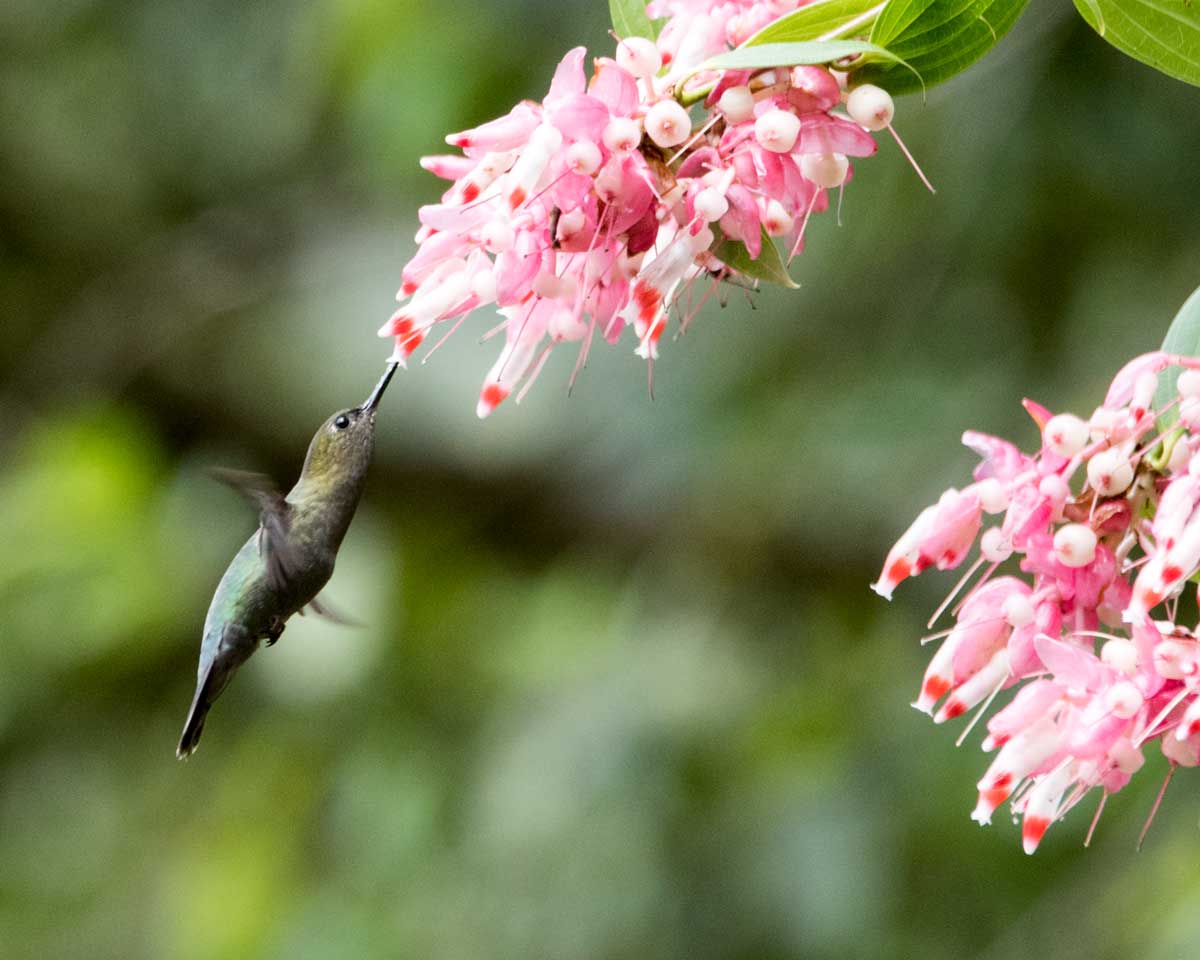

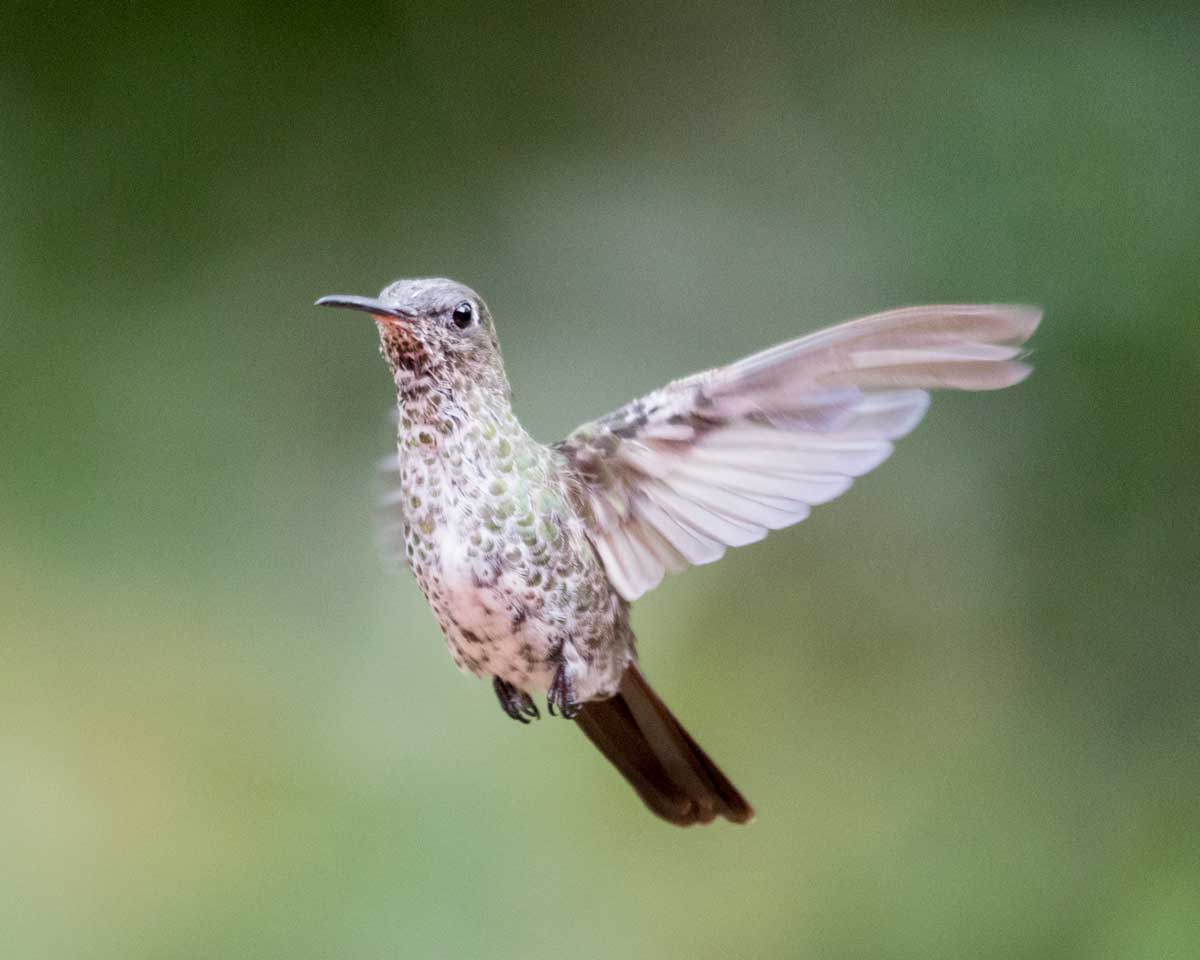

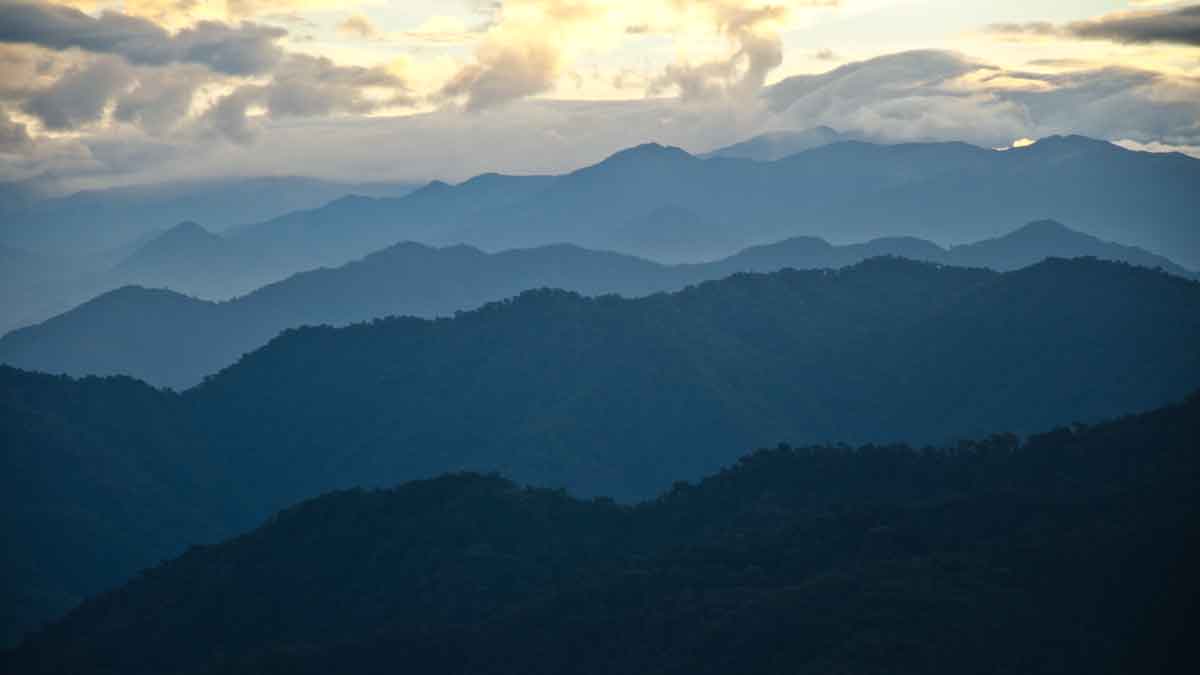
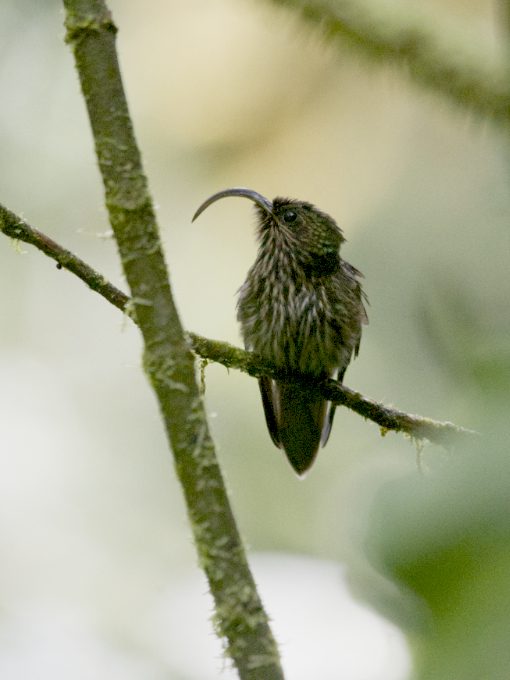
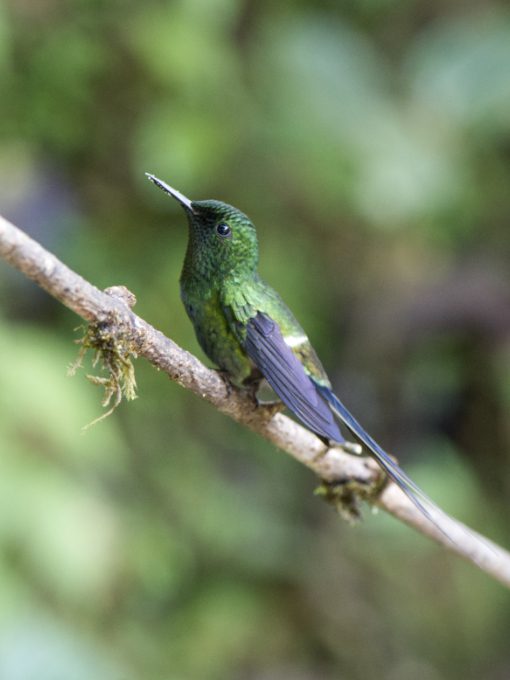
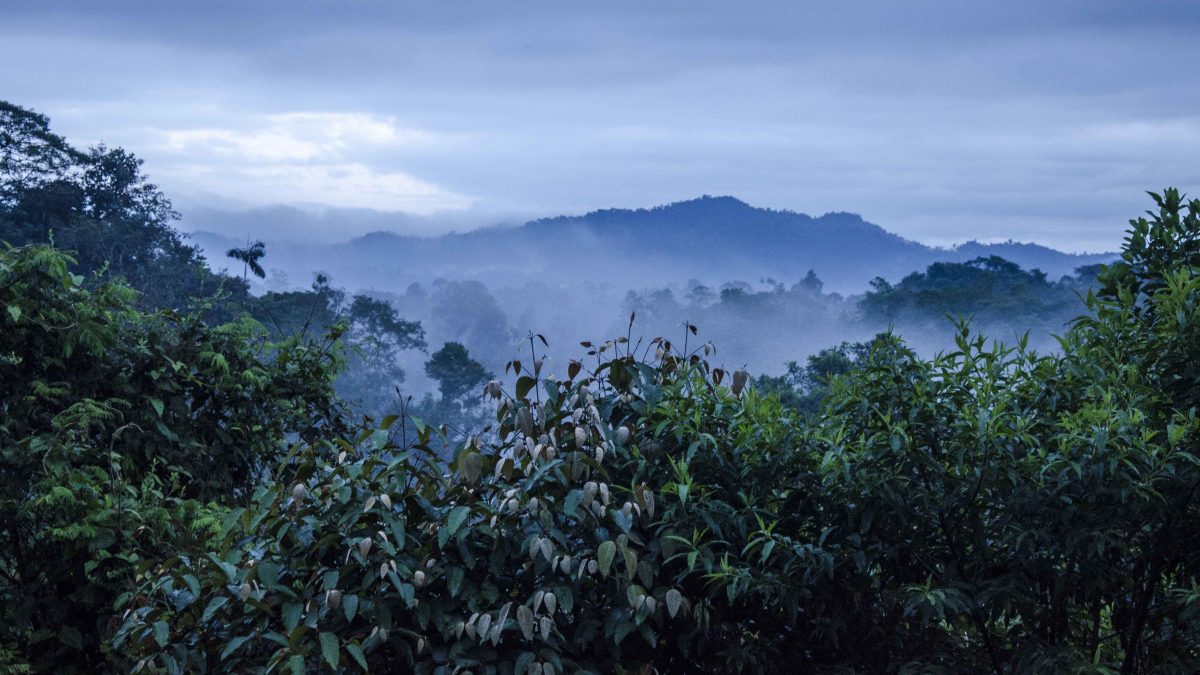
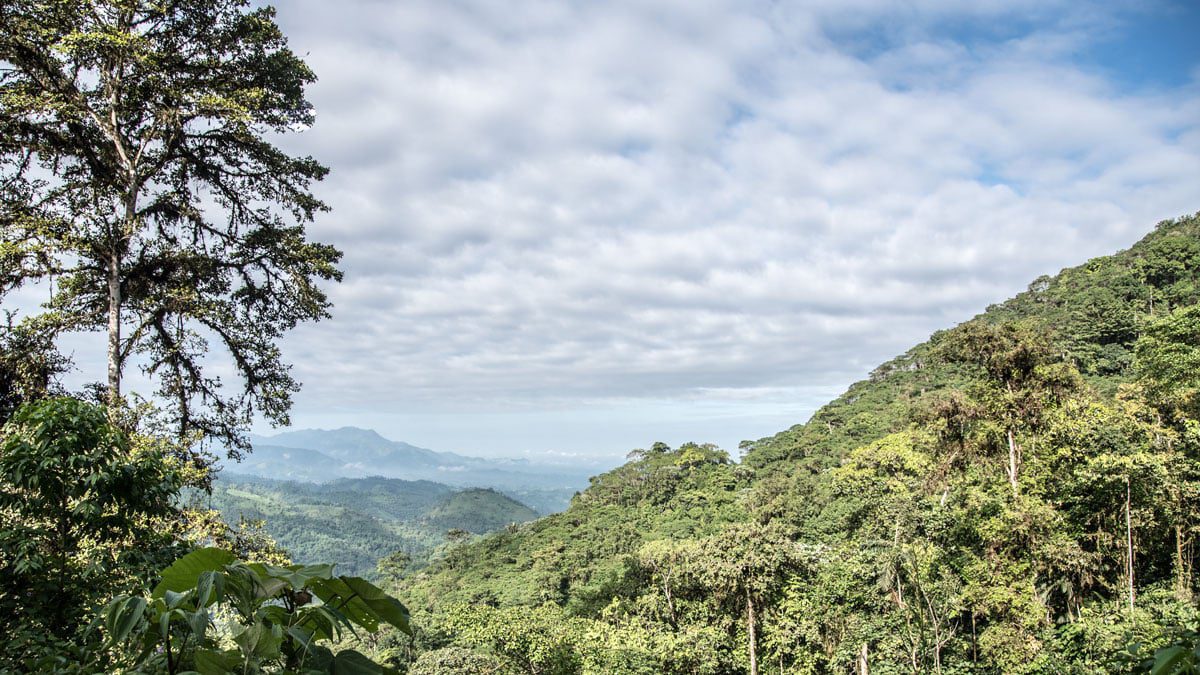

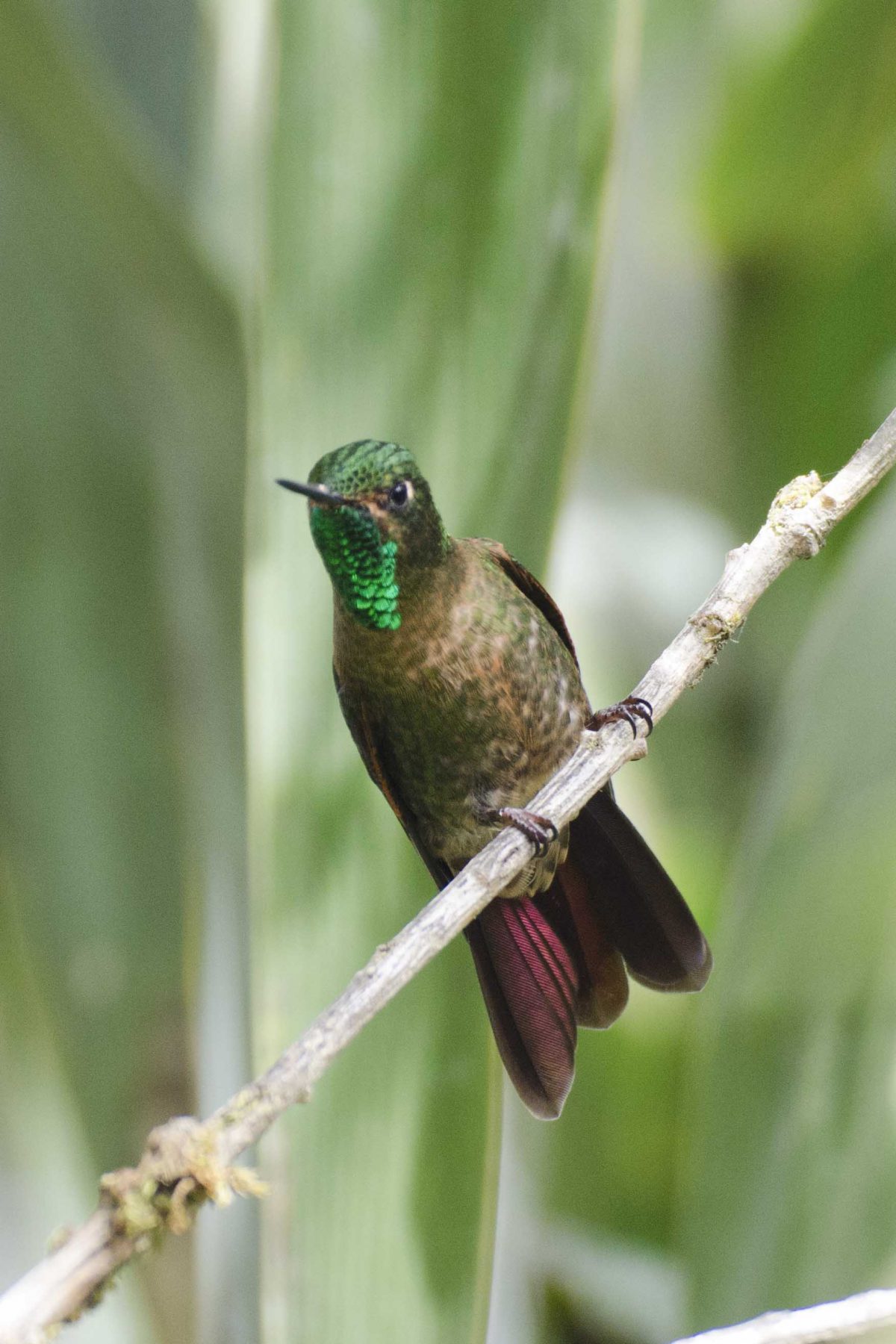
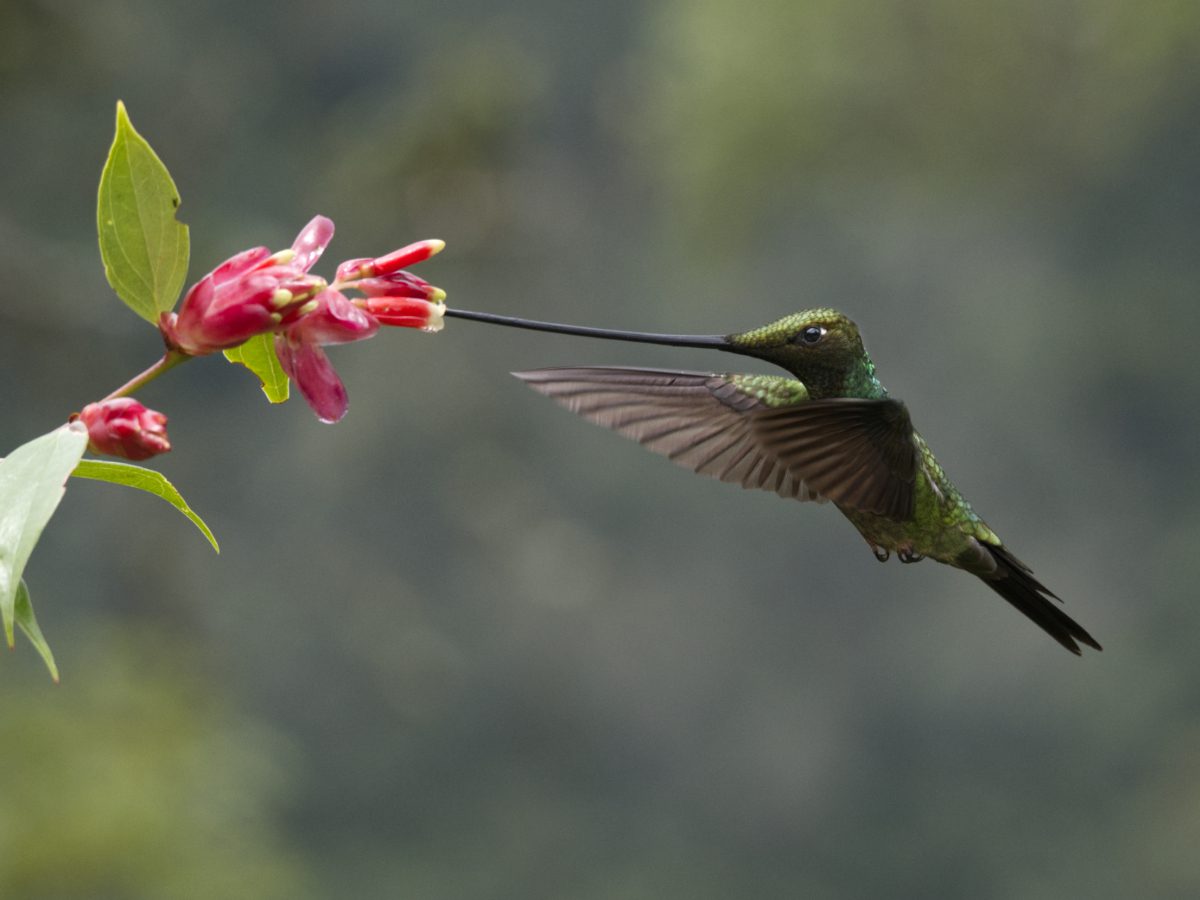
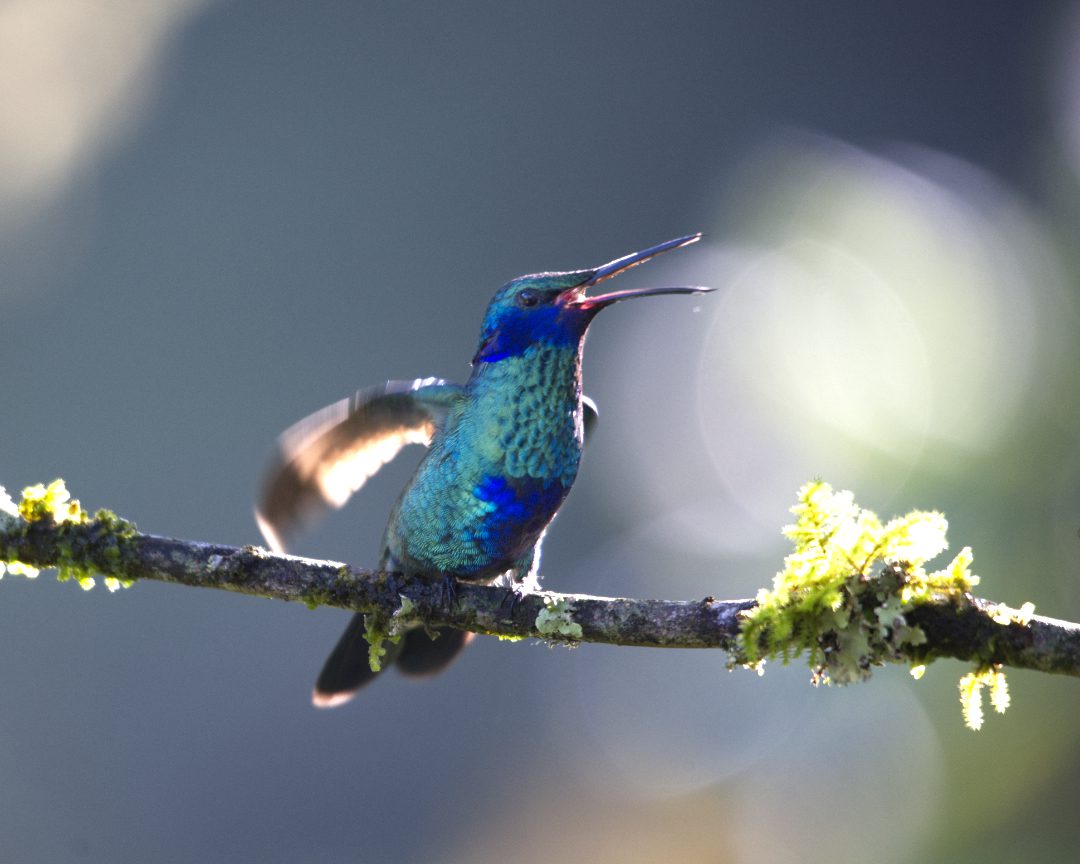
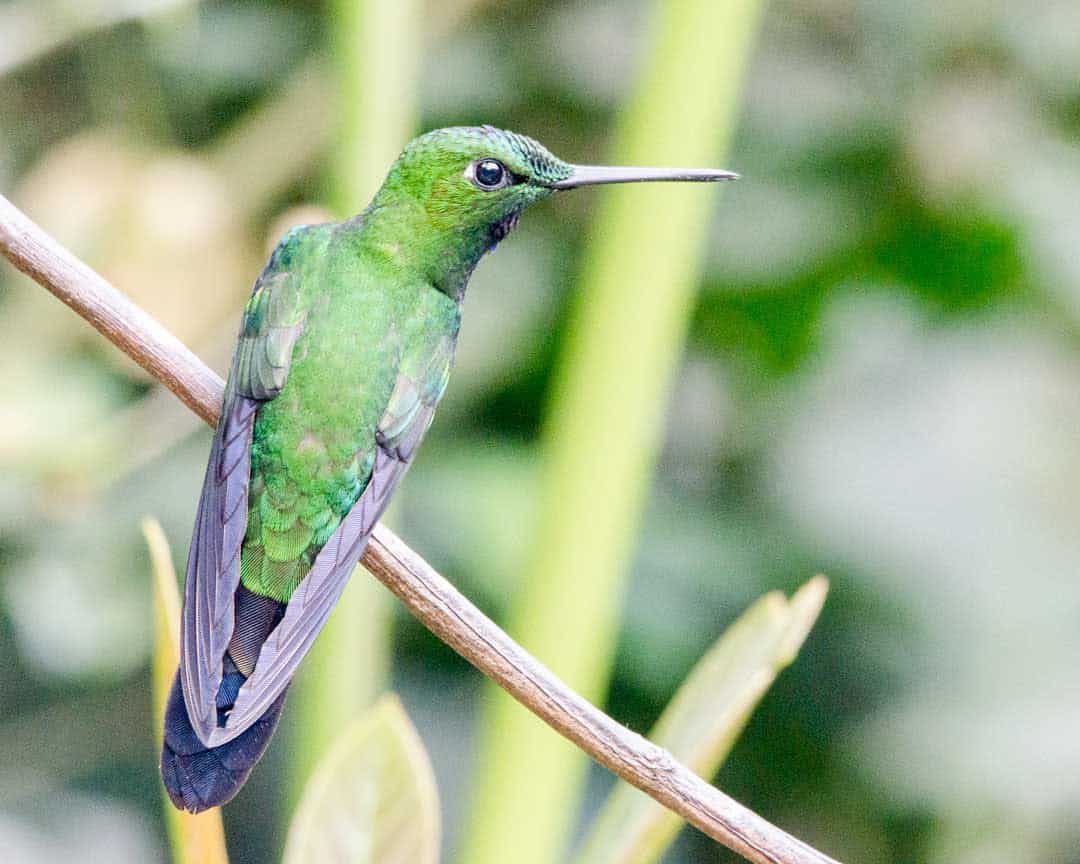




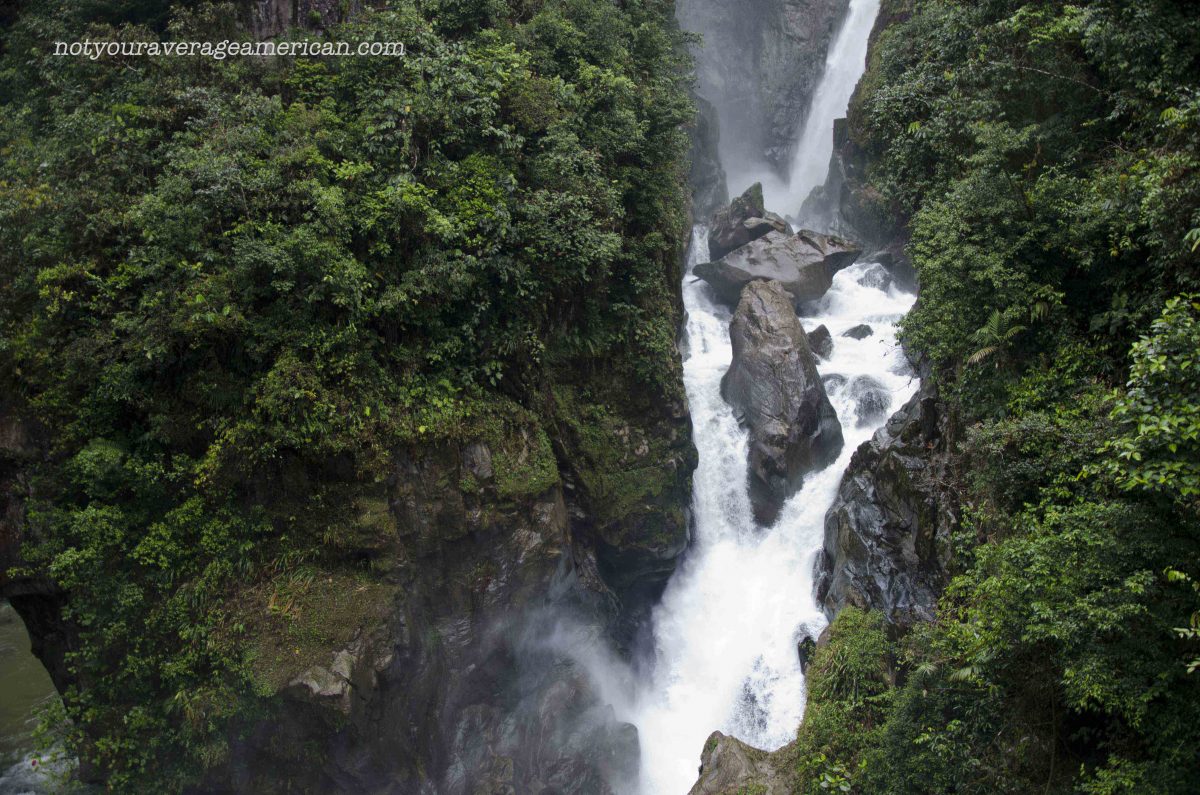
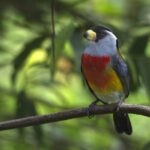
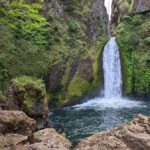


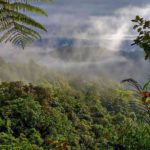


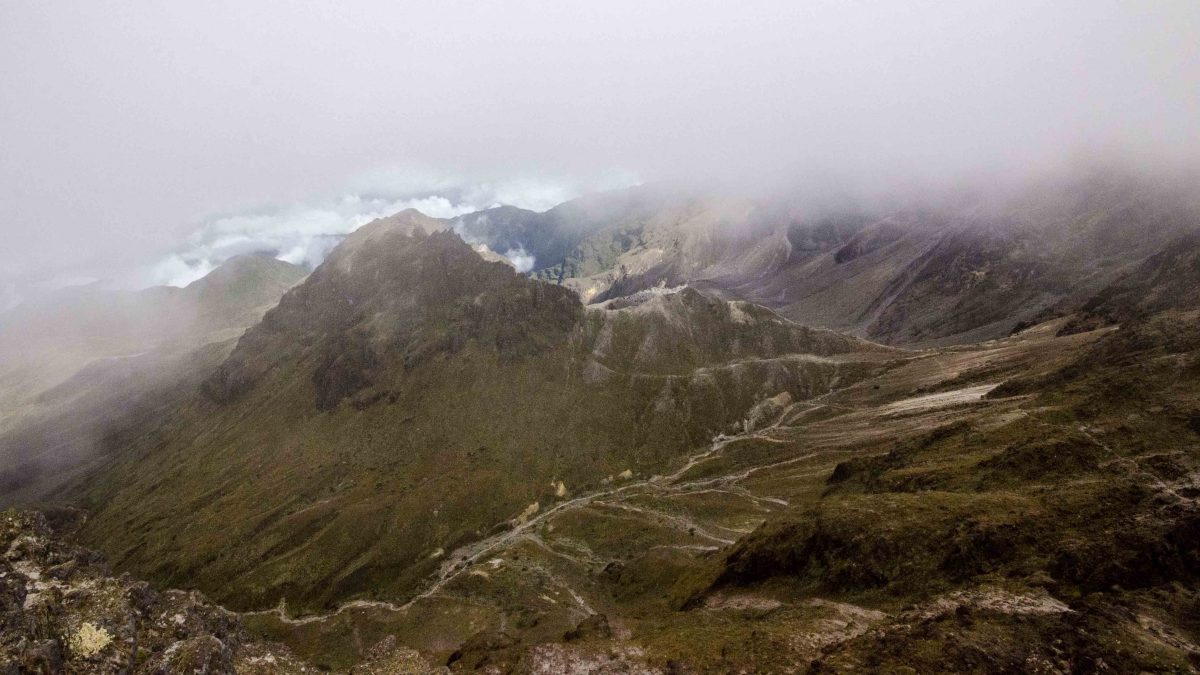
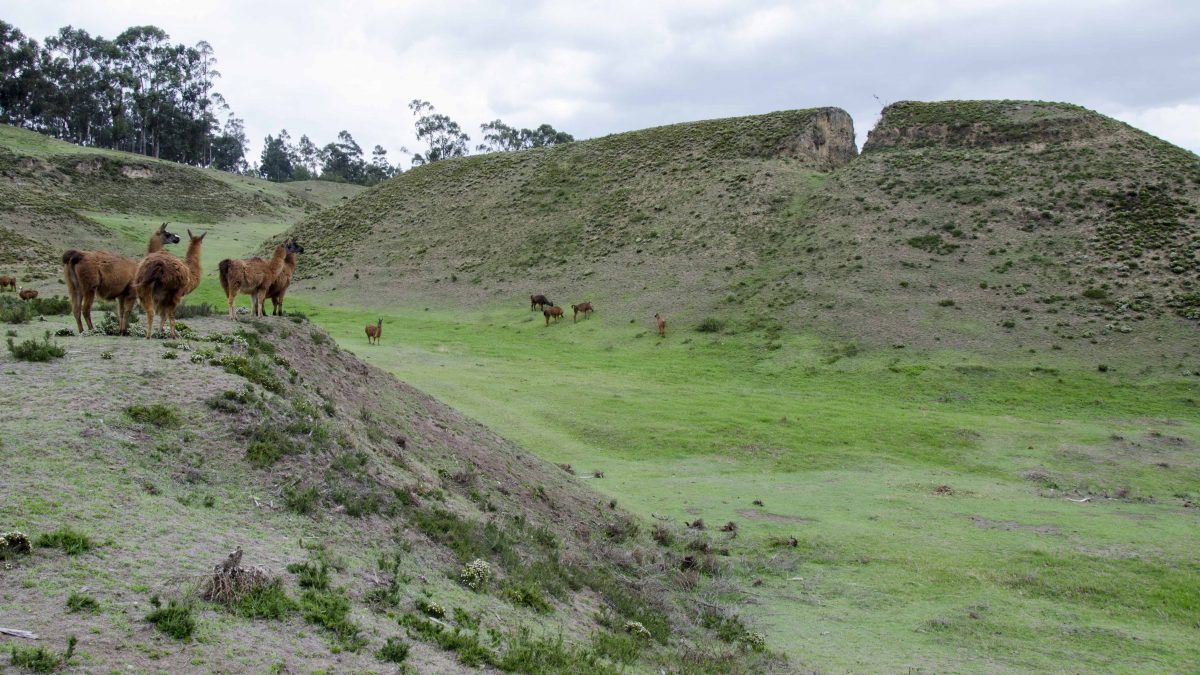
Hola Angie, felicitaciones por tus reportajes es una gran ventana al mundo para que conozcan de la belleza que tenemos en nuestro Ecuador, principalmente en aves.
Cuando visites Ecuador no dejes de visitarnos.
Un abrazo.
eljardindelquinde.com
Hola Edgar, es un gusto conocerle por este medio. Gracias por visitar nuestra página web. Me interesa mucho en conocer El Jardin del Quiinde en mi próxima visita a Milpe. Un abrazo, Angie
Can I find an Ecuadorian hillstar near Quito?
You sure can, especially if you are willing to hike. We have seen Ecuadorian Hillstars on the slopes of Pichincha. It means taking the Teleferico up the mountain and then hiking to level of the chuquiragua, a bushy plant that has bright orange, cone-shaped flowers. There is a picture of the hummingbird and plant in this article about hiking to Rucu Pichincha: https://notyouraverageamerican.com/hiking-teleferico/. You could also ask at San Jorge de Quito about hiking their trail to a similar habitat (https://notyouraverageamerican.com/san-jorge-eco-lodge/). Also, you can visit the Yanacocha Reserve and take the trail that heads up slope. It’s called the Andean Snipe Trail (https://www.notyouraverageamerican.es/yanacocha-reserve-ecuador/). Last but not least, you could arrange a hike on the slopes of Guagua Pichincha. It’s a little more complicated to get up there but once at the Refugio, it is possible to see Ecuadorian Hillstars (https://notyouraverageamerican.com/hike-guagua-pichincha/).
Great article! I was in Nono, outside of Quito at a hummingbird garden stuck behind a little restaurant we had eaten at. I had never seen so many different kinds of hummingbirds before. One had a REALLY long tail and one had a REALLY long beak. I’m still trying to identify the one with the long beak. It doesn’t look anything like the ones in the hummingbird book I just bought!
Hi Catherine! I’m so excited to hear about another hummingbird garden. Do you remember the name of the restaurant?
Long-tailed hummingbirds could be either Trainbearers or Sylphs. The former has a dark green or black tail. The latter has a neon blue tail.
And the long-beaked hummingbird is likely the Sword-billed Hummingbird. Its beak can be up to 10 cm long! There are others with longish beaks but nothing that comes close to the Sword-billed!